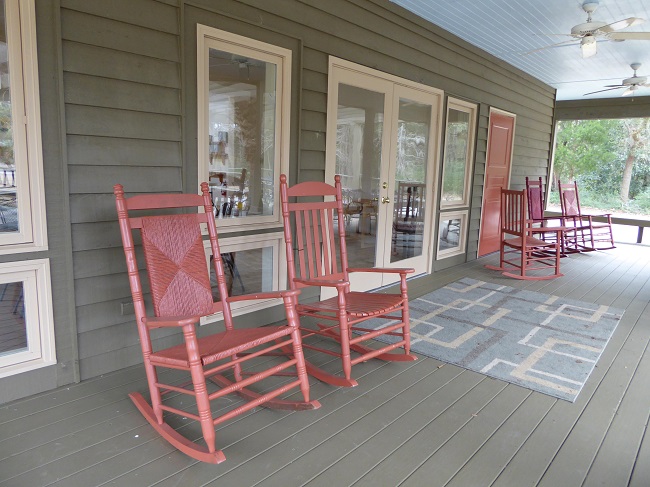The juliette balcony is more than just an architectural element; it’s a space-saving solution with aesthetic charm that has been adopted in modern architecture. These balconies are particularly suitable for urban environments where space is at a premium but the desire for an outdoor feeling remains high.
What is a Juliette Balcony?
Essentially, a juliette balcony is a very shallow balcony with a railing. It is attached to a window or door that reaches the floor and can open completely, giving the appearance and some benefits of a full balcony without the protrusion from the building profile.
Architectural Benefits
In urban buildings, incorporating juliette balconies can provide the exterior charm and a semblance of an open space without requiring the structural demands and space of full-sized balconies. They allow for more natural light and ventilation, transforming an otherwise plain window into something that offers more functionality.
Design and Material
Modern designs of juliette balconies often feature materials ranging from traditional wrought iron to sleek glass or even bespoke artistic designs tailored to enhance building facades. Architects might opt for a minimal design that emphasizes clean lines and transparency or more elaborate, classical models that evoke a sense of history and sophistication.
Notable Examples
Consider the glass juliette balconies used in many high-rise apartments that not only provide safety but also ensure unobstructed views of the urban landscape. These architectural features reflect a growing trend towards maximizing light and views while maintaining practical safety standards.
Conclusion
In modern architecture, the juliette balcony represents a blend of utility and aesthetic beauty. It’s a testament to how traditional elements can be transformed to fit the needs of contemporary urban living, making it a darling of city architects and homeowners alike.
